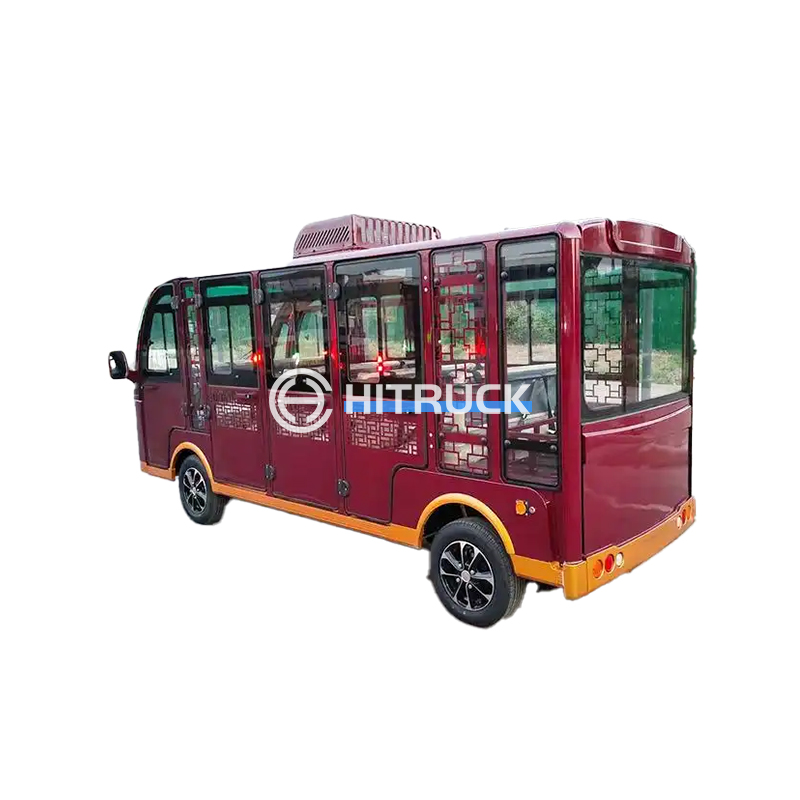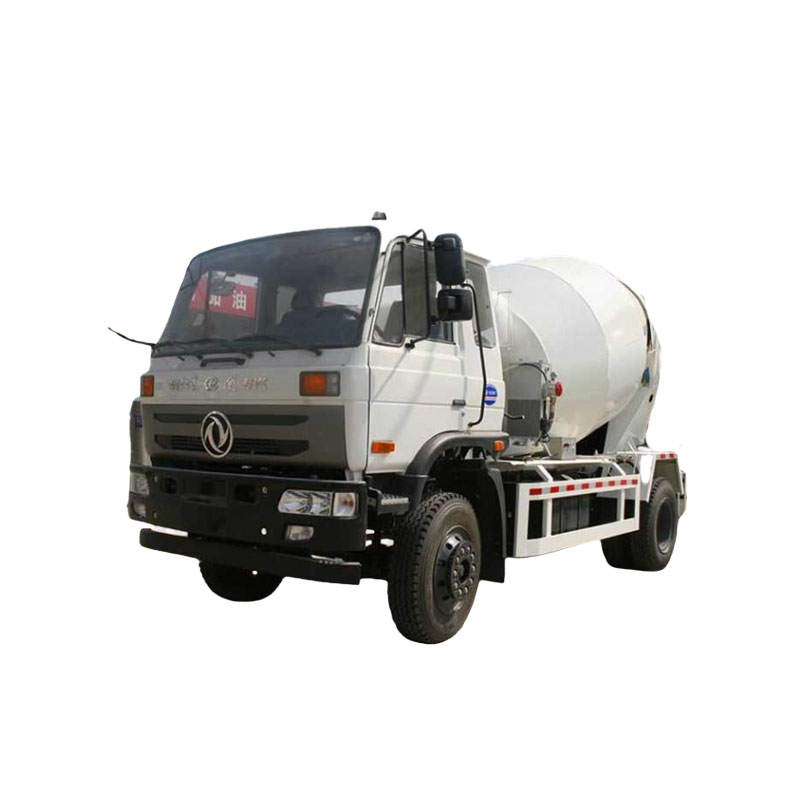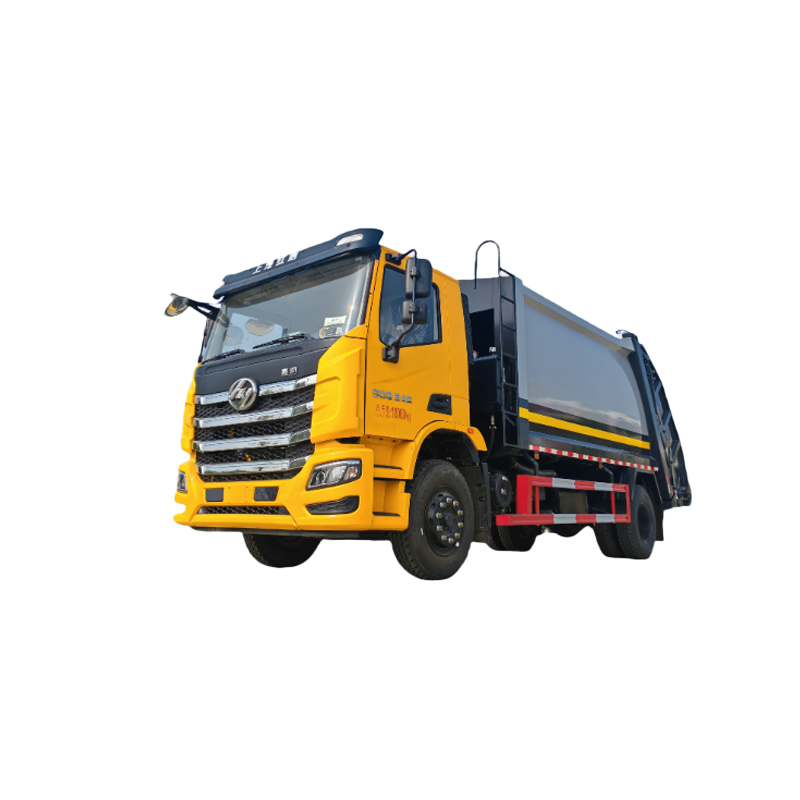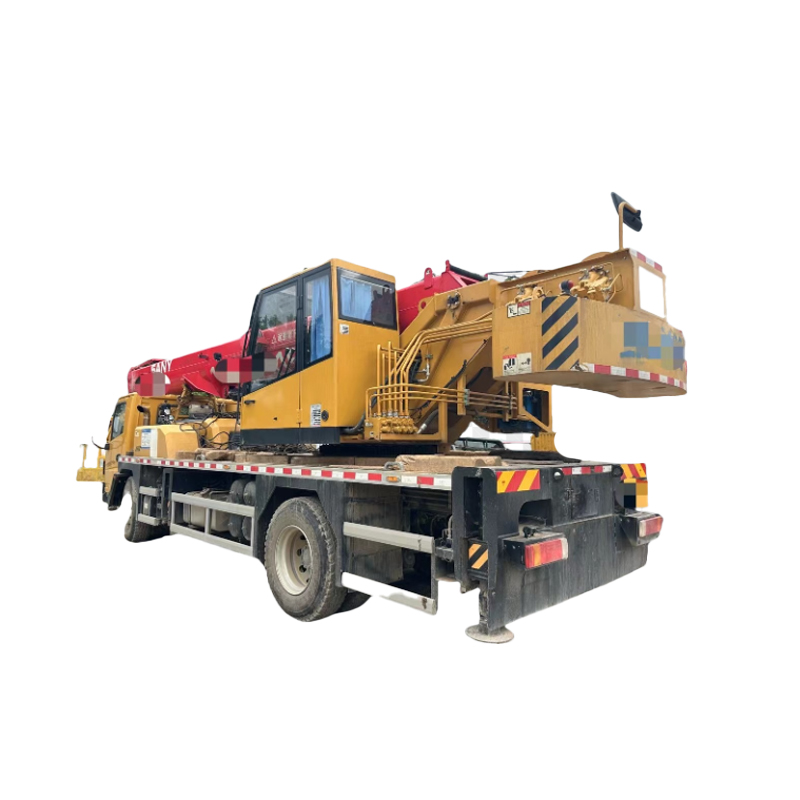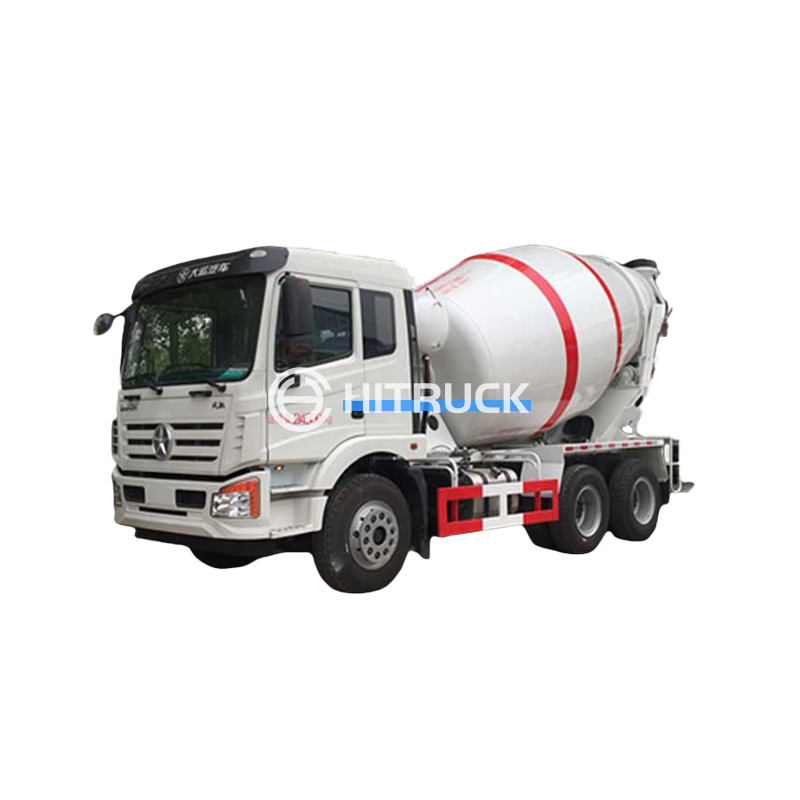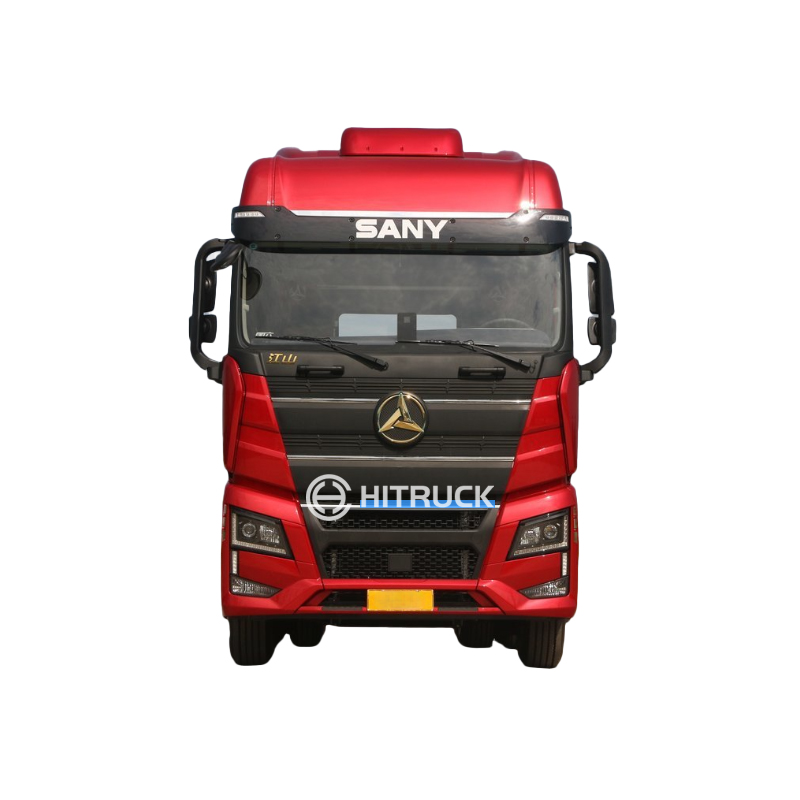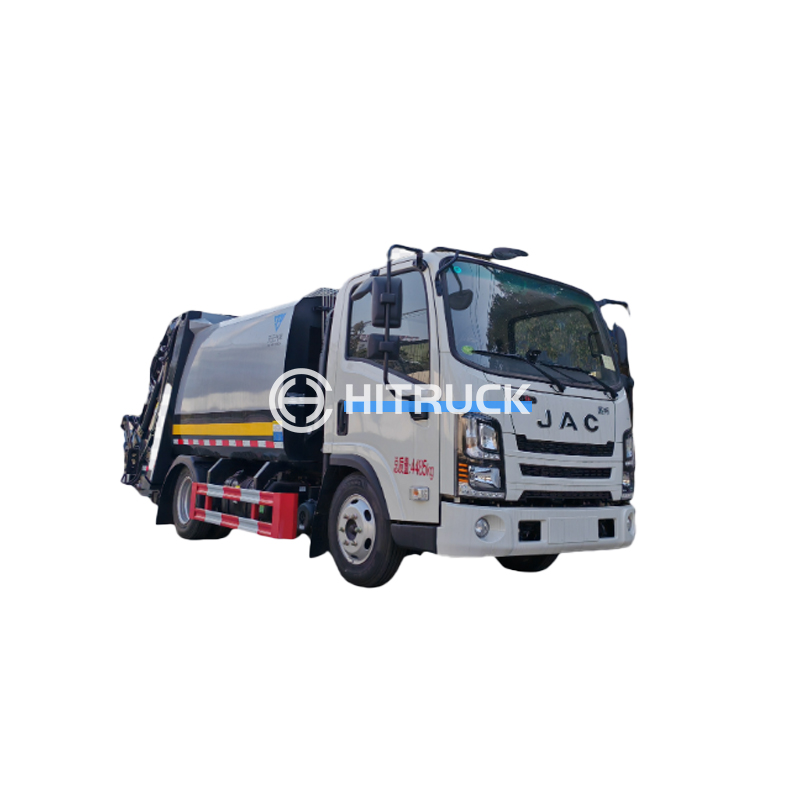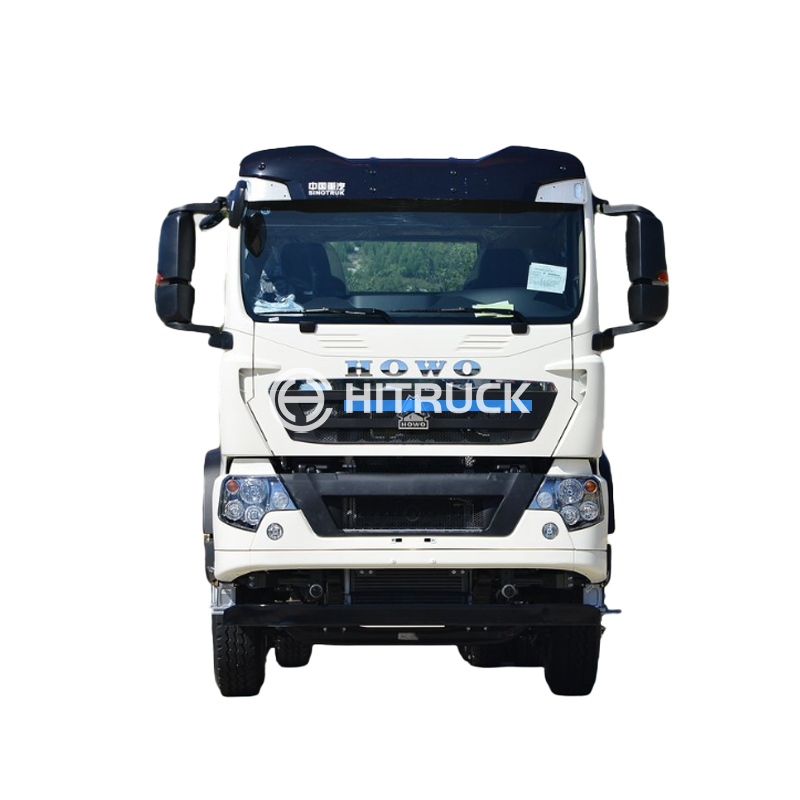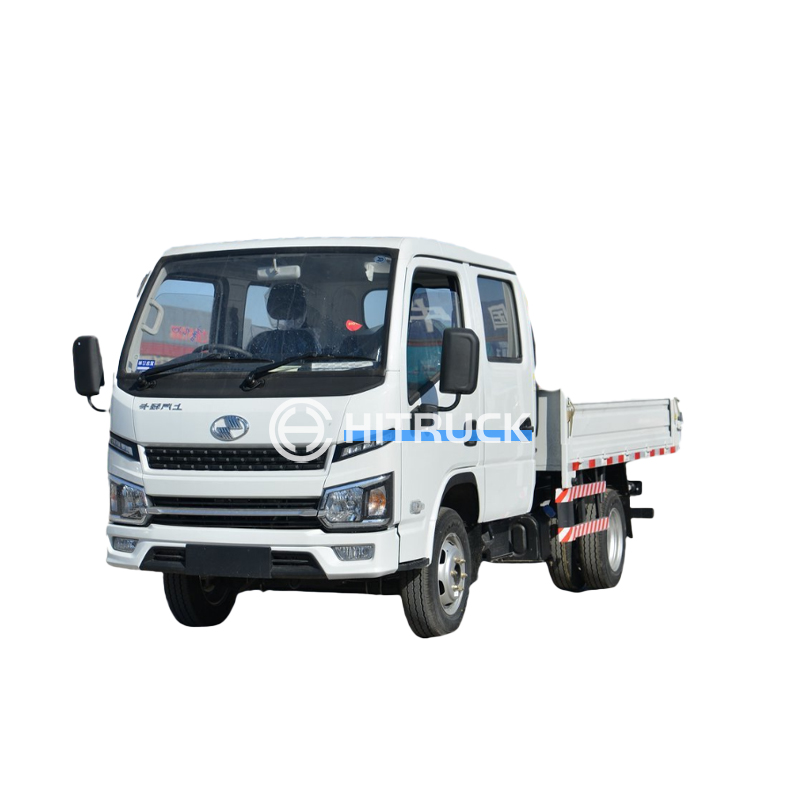Big Wrecker: A Comprehensive Guide to Heavy-Duty WreckersThis guide provides an in-depth look at heavy-duty wreckers, covering their types, applications, features, and maintenance. We'll explore the different classifications of wreckers, discuss key considerations when choosing one, and offer insights into their operational aspects and safety protocols.
The term big wrecker typically refers to heavy-duty towing and recovery vehicles capable of handling large, heavy vehicles like trucks, buses, and construction equipment. These specialized vehicles are essential for roadside assistance, accident recovery, and various industrial applications. Understanding their capabilities and limitations is crucial for anyone involved in the transportation or recovery industry, or even for those simply curious about this powerful machinery.
Several types of big wreckers exist, each designed for specific tasks. These include:
Wheel lift wreckers are commonly used for smaller vehicles and offer a cost-effective solution for many towing needs. They lift the vehicle's wheels, leaving the chassis relatively undisturbed. While capable of handling some larger vehicles, their lifting capacity might be limited compared to other types.
Integrated tow trucks combine a wheel lift mechanism with a boom and winch. They are exceptionally versatile and can handle a wide range of vehicles, from cars to large trucks and buses. Their adaptability makes them a popular choice for many towing services.
Rotator wreckers are the heavy-hitters among big wreckers. They use a powerful boom and rotating arm to lift and move vehicles of substantial weight and size. These are often employed in accident recovery, due to their ability to right overturned vehicles and handle heavily damaged ones. They are frequently found in situations requiring specialized recovery work.
Other specialized big wreckers include those designed for specific vehicle types (like those capable of handling articulated lorries) or those featuring specialized attachments for unique recovery situations. Choosing the right type depends heavily on the anticipated tasks and the size and weight of vehicles likely to be recovered.
Selecting the appropriate big wrecker involves considering several key factors:
Regular maintenance is crucial to keep your big wrecker in optimal condition. This includes regular inspections, fluid changes, and addressing any mechanical issues promptly. Following all safety procedures during operation, including wearing appropriate personal protective equipment (PPE), is vital to prevent accidents and injuries. Always prioritize safety when operating heavy equipment.
For those seeking to purchase or lease a big wrecker, extensive research is recommended. Many reputable suppliers offer a range of models to meet diverse needs and budgets. Consider factors such as reputation, service support, and warranty options when making your selection. For example, if you are based in China and looking for a reputable truck supplier, you might explore companies like Suizhou Haicang Automobile Sales Co., LTD (https://www.hitruckmall.com/).
| Wrecker Type | Lifting Capacity (approx.) | Typical Applications |
|---|---|---|
| Wheel Lift | Varies greatly, typically up to 10,000 lbs | Cars, light trucks |
| Integrated Tow Truck | 10,000 lbs - 25,000 lbs | Cars, light to medium trucks |
| Rotator Wrecker | 20,000 lbs and above | Heavy trucks, buses, construction equipment |
Remember, proper training and certification are essential for operating heavy-duty wreckers safely and effectively. Always consult with relevant professionals and adhere to all safety regulations.

